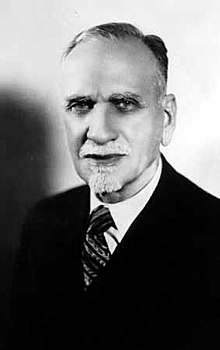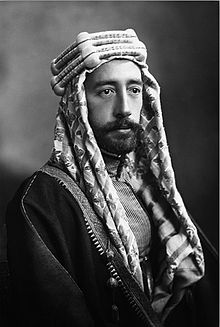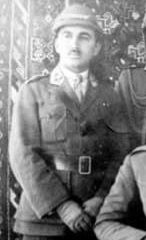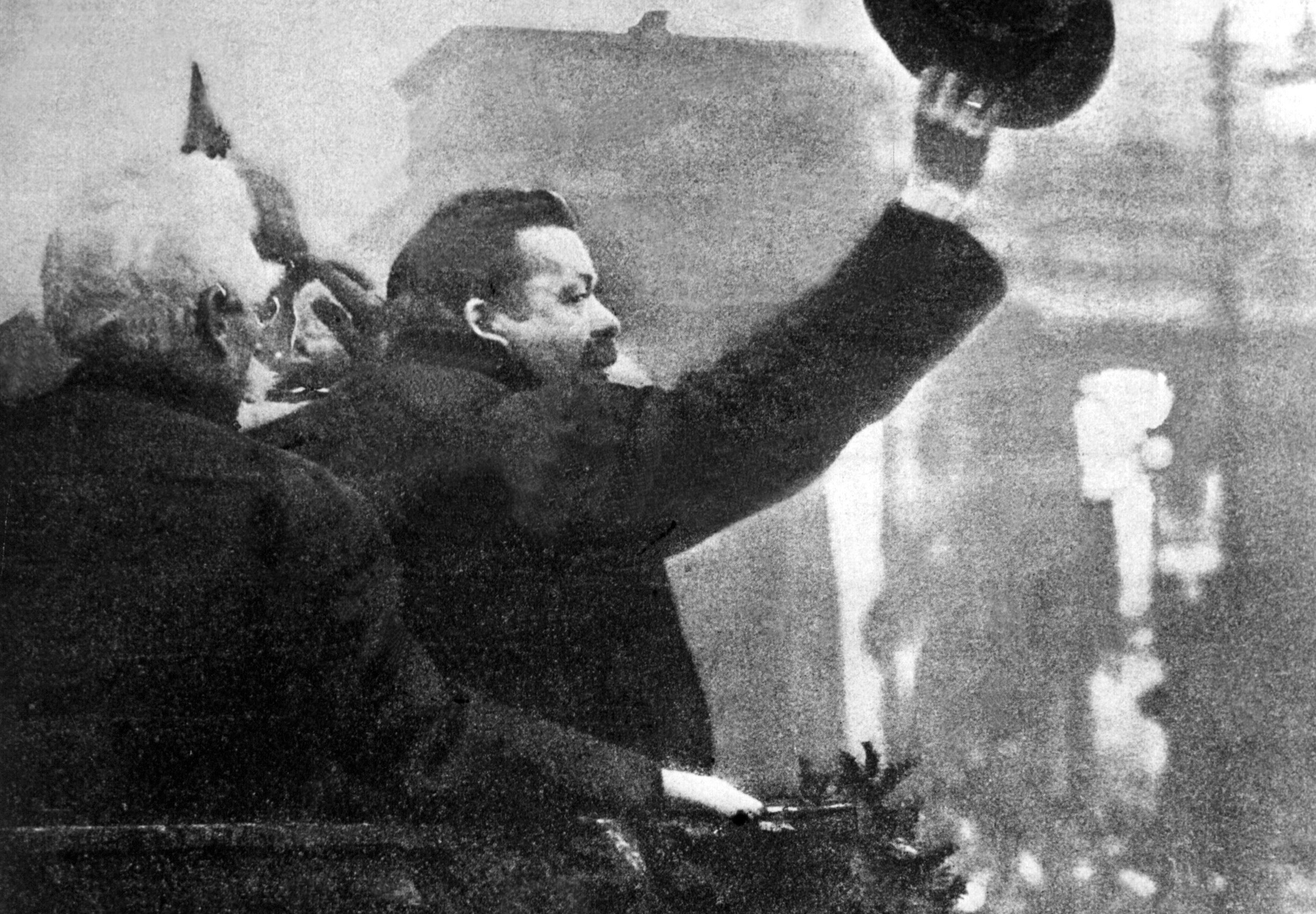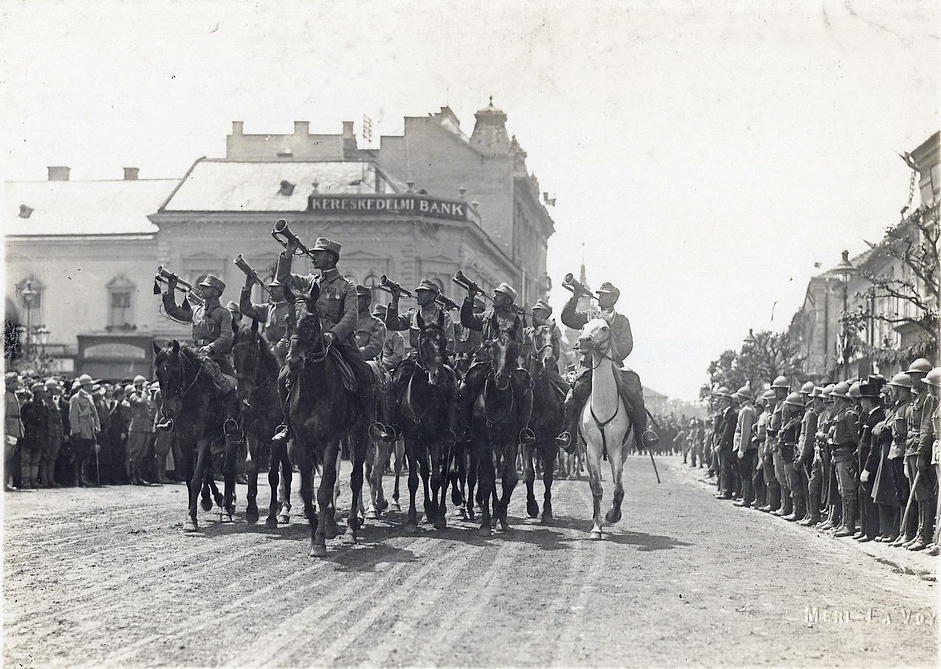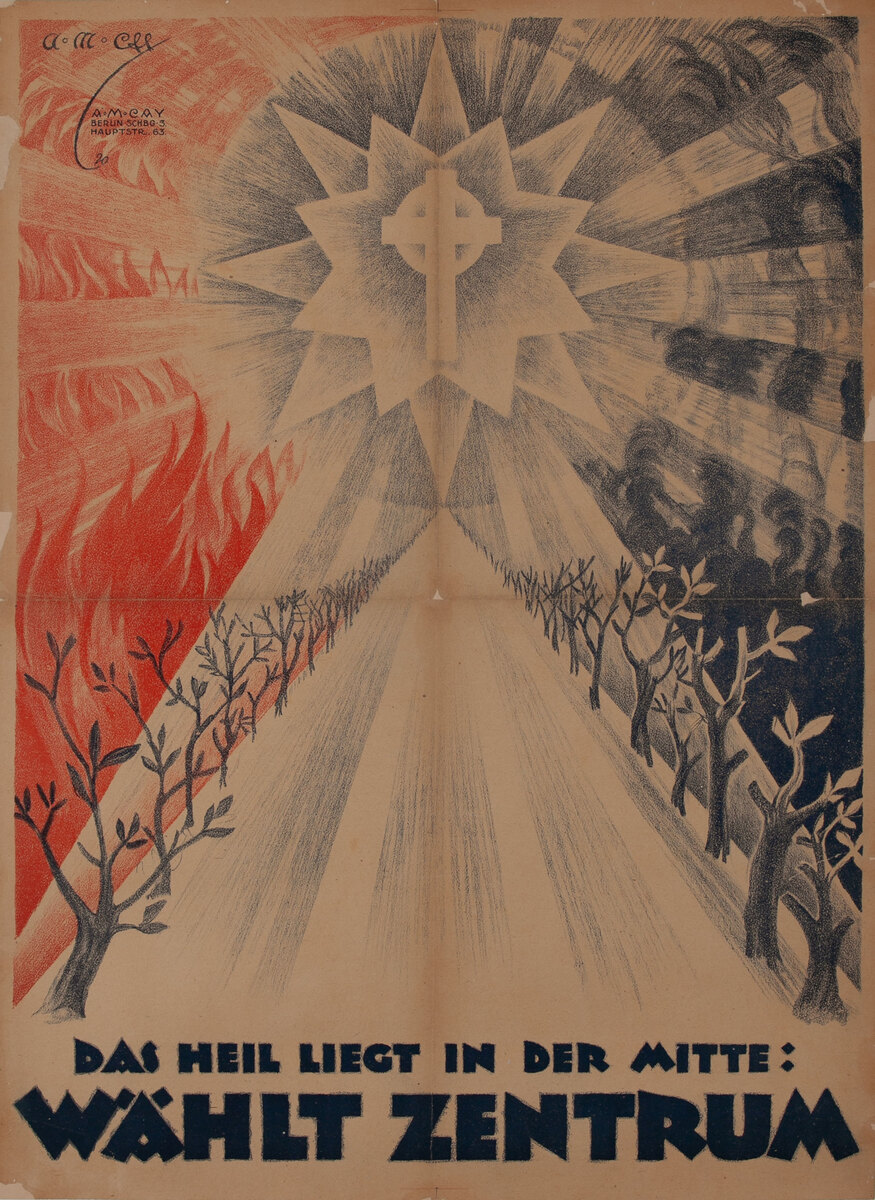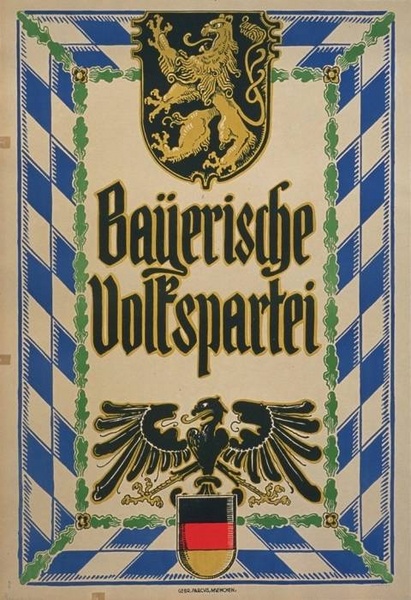- Location
- USA
"Yes, the chains which had held the world were broken. Links of imperative need, links of discipline, links of brute force, links of self-sacrifice, links of terror, links of honour which held our nation, nay, the greater part of mankind, to grinding toil, to a compulsive cause— everyone had snapped upon a few strokes of the clock. Safety, freedom, peace, home, the dear one back at the fireside—all after fifty-two months of gaunt distortion. After fifty-two months of making burdens grievous to be borne and binding them on men's backs, at last, all at once, suddenly and everywhere the burdens were cast down…"
WINSTON CHURCHILL
11:00 a.m. on the Eleventh Day of the Eleventh Month, 1918, an Armistice went into force, ending one of the most calamitous wars in human history. The Great War, the War to End All Wars, was waged over three continents, took place over four years, and ended with the deaths of untold tens-of-millions, military and civilian lives alike. It debuted a truly modern, industrial warfare conducted on the ground, at sea, and in the air. And its conclusion unraveled the foundations of empires and indeed the very structures which had defined a now-bygone era; the chains which had held the world were broken.
Now following Peace is a time of uncertainty. In Germany, recovery is overshadowed by a volatile foundation; on the streets of Italy, blood is spilled by radicals; out east, the Polish, Ukrainians, and Russians wage war under banners proclaiming a new order. A great tension exists for the war-weary and war-hungry of the world, and in the words of General Ferdinand Foch, the Treaty of Versailles was merely a twenty-year armistice, a reprieve while grudges old and new prepare to mobilize the masses.
Hello and welcome to The Chains Were Broken, a nation game starting on January 1st, 1920.
DISCORD LINK
MILITARY INFORMATION
ARMY
Infantry — the backbone of any army. Infantry are soldiers, usually on the bipedal express, whose job is to secure enemy (or defend friendly) territory and do most of the fighting. 12,000 men each.
Mountain — light infantry divisions that usually lack the heavy equipment of normal divisions, but have the training and constitution that allows them to fight in mountainous terrain with discipline and skill. 12,000 men each.
Cavalry — troopers mounted on horseback allowing them quickness both in maneuver and combat. Though their days are numbered in modern warfare, they can still serve an important purpose. To achieve great speed, they often lack the heavier equipment of normal divisions. 12,000 men each.
Marines — elite infantry who are trained to specialize in amphibious operations and extended overseas deployments. In peacetime they can serve as elite garrisons and counter-insurgency forces in colonial regions. 12,000 men.
Armored brigade — the first tank units capable of independent operation. These new landships may be unwieldy and complicated, but they are gradually growing in importance in modern militaries worldwide. 2,000 men, 50 tanks.
NAVY
Light carrier — a small aircraft carrier, usually between 10 and 15,000 tons' displacement, capable of deploying aircraft for naval or offshore support operations. 1,000 sailors and airmen.
Battleship — the undisputed queens of the sea and the largest and most powerful warships afloat. Battleships are heavily-armed and armored, can travel long distances, and form the core of any great power's fleet – that's the thinking, anyway. 1,200 sailors.
Battlecruiser — similar in size and armament to traditional battleships, but with a higher top speed. This allows them to chase down enemy cruisers, raid maritime trade, and escort faster ships. However, this comes at the cost of armor protection. 1,200 sailors.
Pre-dreadnought — the last of the battleships built before the introduction of HMS Dreadnought. These ships are weaker and slower than modern battleships, but can still serve a purpose as reserve vessels or on colonial stations with their formidable secondary batteries. 800 sailors.
Heavy cruiser — the spiritual successor to the armored cruiser. Heavy cruisers have the speed and maneuverability of light cruisers plus the added toughness to deal with stronger naval vessels. 900 sailors.
Armored cruiser — now outdated, the armored cruiser was designed to patrol colonial waters and sink enemy cruisers. They were fast enough to escape enemy battleships and strong enough to defeat most other types of warship. They have been supplanted by the battlecruiser and, now, the heavy cruiser. 800 sailors.
Light cruiser — smaller and more lightly-armed and -armored than their larger brothers. Light cruisers screen for larger fleets and can serve as both raiders and destroyer leaders. Their high speed lets them outrun most warships. 500 sailors.
Destroyer — the smallest mass-produced warships. Destroyers can threaten enemy capital ships and merchant vessels with their powerful torpedoes and can help both screen larger vessels and scout for fleets. 300 sailors.
Submarine — not well-armed traditionally speaking, but their torpedoes and ability to submerge are a unique and potentially very deadly threat. They can threaten both enemy shipping and warships alike. 50 sailors.
AIR FORCE
Fighter — aircraft designed for one thing only: establishing air supremacy. They are typically only armed with one or two machine guns, but that is enough to get the job done. 100 planes, 100 pilots.
Bomber — exceedingly slow and heavy, bombers carry a payload to be dropped on enemy formations and supplies. 25 planes, 100 pilot and gunners.





